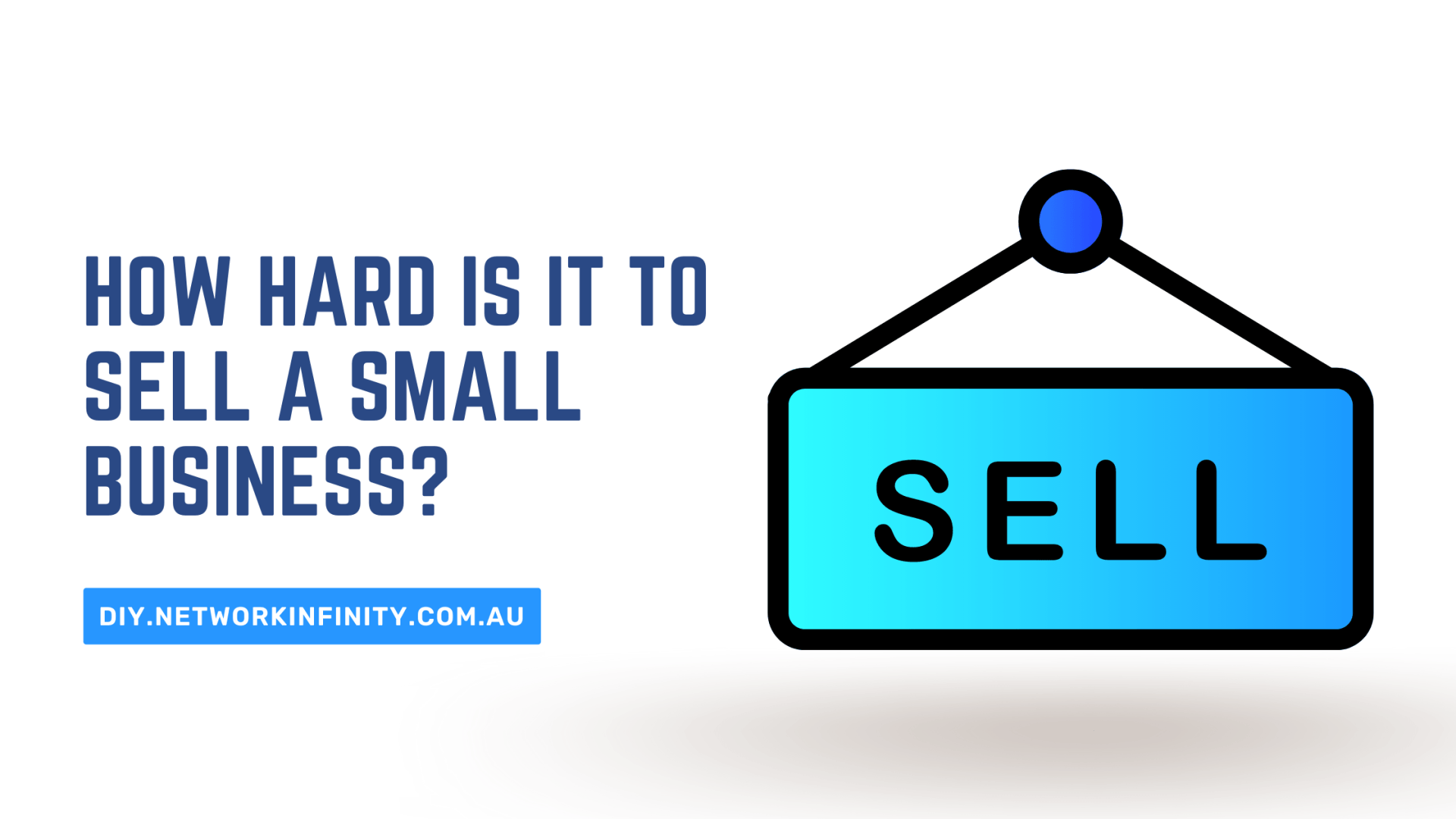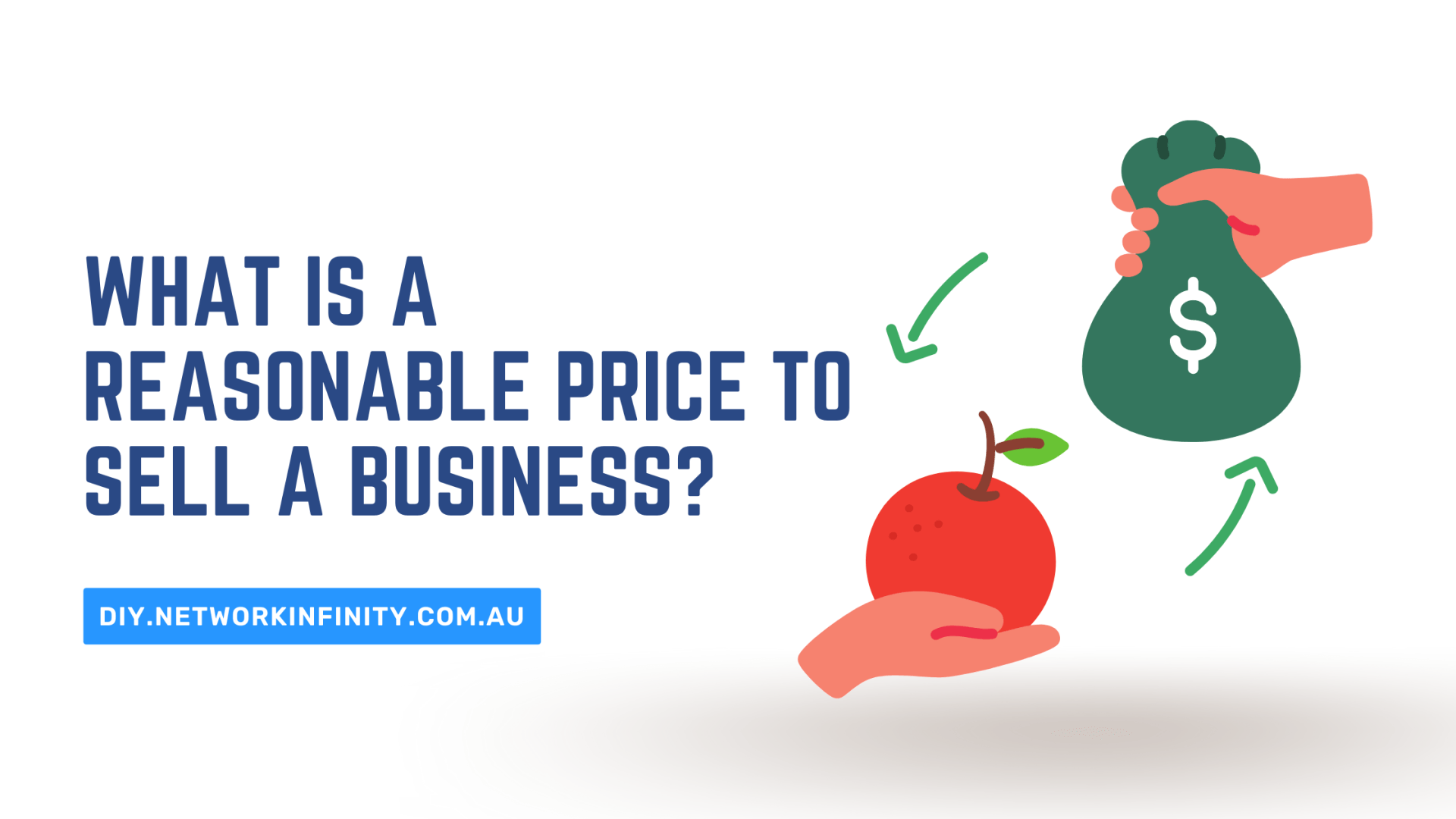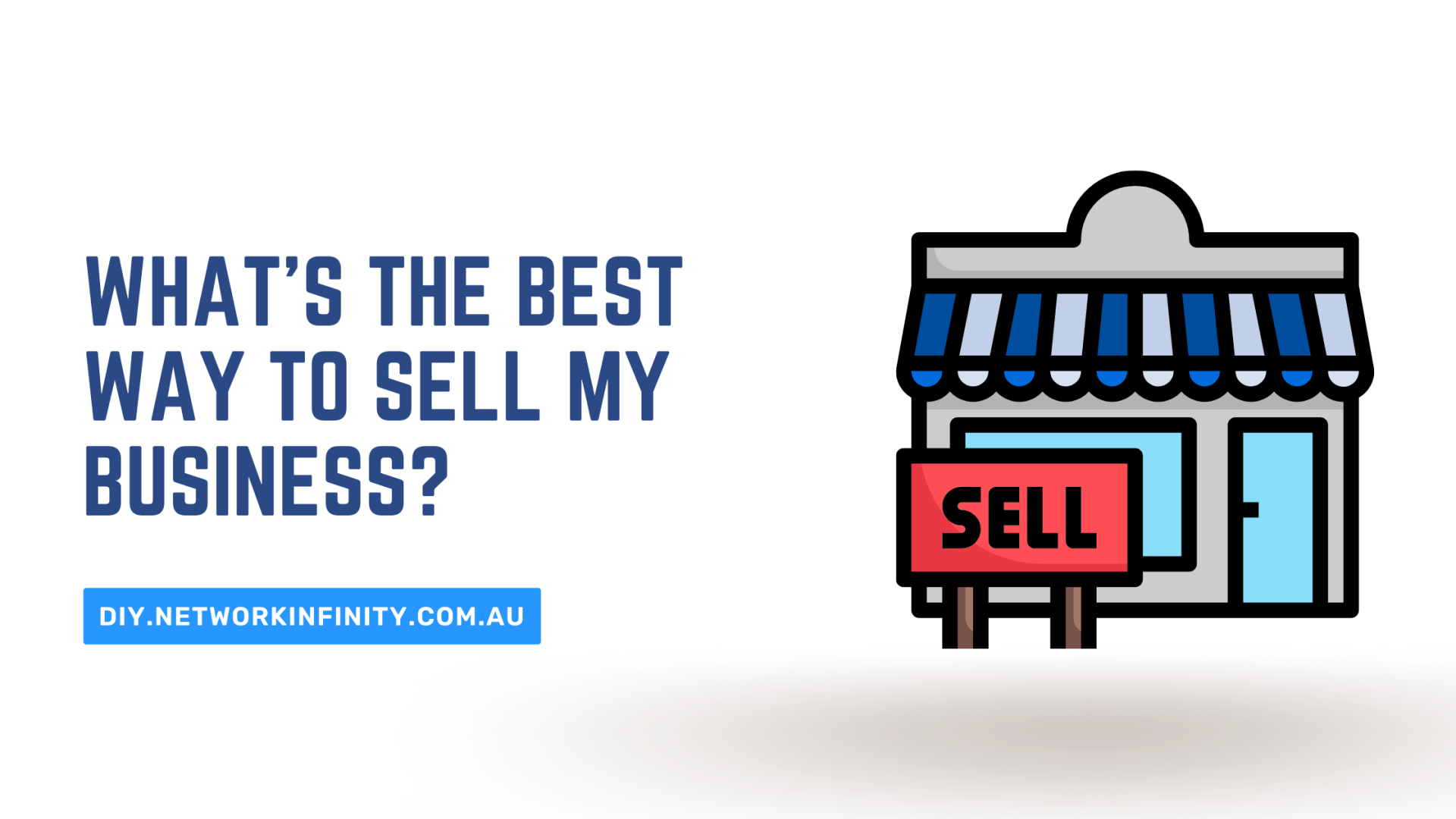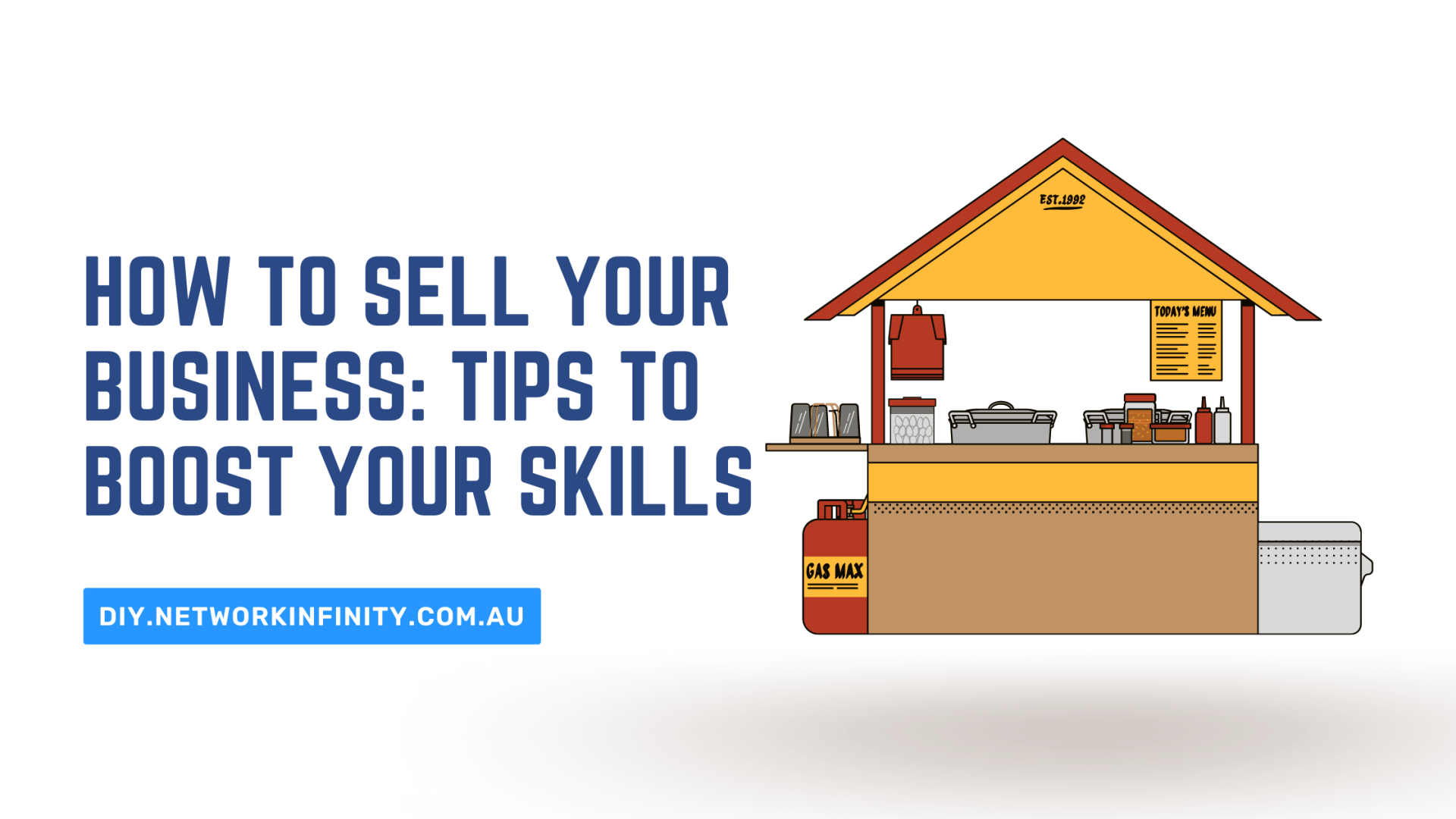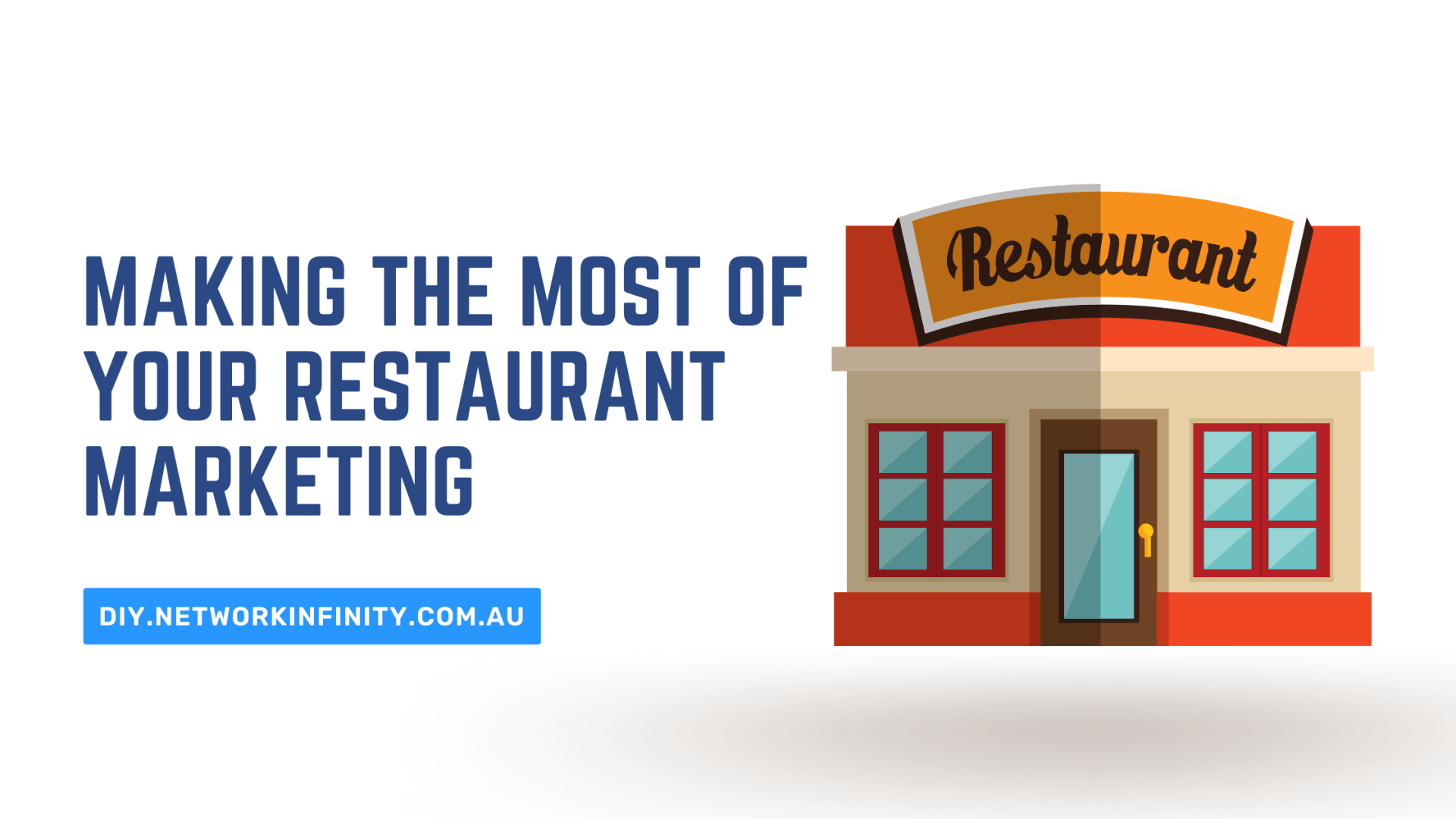8 Tips For How To Sell Your Franchise Business
Learn how to sell your franchise business for the highest possible price. Learn what you need to do to get the most money for your franchise. Sell your franchise business for the highest possible price. Here are five tips to make the process easier.

Tip 1: Determine the Value of Your Franchise
Before you start selling your franchise, you need to determine the value of your business. You can do this by market analysis, talking to potential buyers, or using a valuation tool. Once you have a good idea of the value of your franchise, you can begin to negotiate a sale price.
Get Organised
Before you start selling your franchise, you need to get organised. This means creating a list of all the information you need to sell your business (name, address, phone number, website), organising it into folders, and ensuring all the paperwork is in order.
When selling a franchise, expect to negotiate a price. Be prepared to offer less than what you think is fair, but be ready to walk away if the price is incorrect. Do not let emotions get in the way of a sale; stay focused on what is best for your business.
You should also consider what type of buyer would be interested in buying your franchise. Some buyers are interested in buying established businesses, while others are looking for new opportunities. Make sure that you target the right buyer by researching and networking with people who know about franchising.
Tip 2: Prepare Your Business For Sale
Before marketing your franchise for sale, make sure that your business is in good condition. This means cleaning up any unfinished work, fixing broken equipment, and preparing your marketing materials.
You should also make sure that your franchise is legally registered and in good standing with the government. This will make the sale process easier for both you and the buyer.
Make a List of Requirements for the Buyer (Potential Franchisee)
When you are selling your franchise, make sure to list the requirements that the buyer should meet. These requirements can include having a successful business, being a good financial risk, and having enough money to invest in your franchise.
Ensure to include as much information as possible so that the buyer can make an informed decision.
How to Set a Price That is Fair and Reasonable to Sell Your Franchise Business
When setting the price for your franchise, be sure to take into account the value of the business, your costs related to selling (such as advertising and legal fees), and your own personal financial situation. You should also set a fair price for you and the buyer.
If you are unable to reach an agreement on the price
Tip 3: Prepare a Sale Plan
- Define your franchise business's unique selling proposition.
- Develop a sales strategy to target your ideal customer.
- Create a marketing plan to promote your franchise business.
- Identify and protect your franchise business's intellectual property.
Before you start selling your franchise, you need to create a sale plan. This plan will outline how you will market your business, how much money you expect to receive, and what steps to take if the sale falls through.
Make sure that your sale plan is realistic and considers possible obstacles that could prevent a successful sale. For example, if there are significant problems with your business (such as bankruptcy), be prepared to explain why these problems affect your franchise's value.
When you sell your franchise, the first impression is essential. This impression can be made through your appearance, attitude, and how you talk to potential buyers.
Make sure that you are well-prepared for a meeting, dress Appropriately, and be Positive and Attentive.
If a potential buyer asks for something you cannot provide (such as complete ownership of the franchise), be willing to compromise. For example, you might be able to sell part of the business or give the buyer an exclusive territory.
Tip 4: Create a Marketing Plan
- Identify the target market for your franchise business.
- Research the competition and learn what they are doing well and what they are not doing well.
- Develop a marketing plan that will reach the target market.
- Implement the marketing plan and track results.
Before you start marketing your franchise, you need to create a marketing plan. This plan will outline how you will market your business, how much money you expect to receive, and what steps to take if the sale falls through.
- Make sure that your marketing plan is realistic and considers possible obstacles that could prevent a successful sale. For example, if there are significant problems with your business (such as bankruptcy), be prepared to explain why these problems affect your franchise's value.
- You should also create an advertising campaign for your franchise before selling it. This campaign should include targeted ads in newspapers, online directories, and other media outlets.
- You should also hold open inspections to show potential customers your franchise. This will allow you to gather feedback about the business and answer any questions potential buyers may have.
- Finally, you should market your franchise aggressively, using various marketing techniques and quality ad writing. If you need high-quality content written for you, visit www.copiency.com and place your order. This will help you attract potential buyers and increase the chances of a successful sale.
Tip 5: Prepare for Sale Negotiations
Still, wondering how to sell your franchise business? Here are some tips on preparing for sale negotiations:
- Understand the terms of the sale. Make sure you are familiar with the franchise agreement, purchase agreements, and other relevant documents. This will help you understand what is being offered and protect your interests in case of a dispute.
- Be prepared to walk away from the sale if you don’t feel that you are getting a fair deal. If you are not happy with the terms of the offer, it is essential to be prepared to walk away without making a commitment. Don’t let anyone pressure you into making a decision before you have had time to think it through.
- Establish critical goals for yourself during negotiations, and make sure that all parties understand what those goals are. This will help to ensure that both you and the potential buyer are getting what they want out of the sale.
- Be patient – negotiations can be lengthy and drawn-out. Still, ultimately a successful sale will result in a happy customer and a healthy business.
- Make sure all paperwork is completed and in order before going into negotiations. This will help to avoid any potential delays or complications down the road.
Tip 6: Set Fair Market Prices
Setting fair market prices can help you ensure that you're getting a reasonable return on your investment. Before setting prices, make sure that you consider the costs associated with your franchise, such as advertising and rent. You also want to ensure that the price you charge is competitive in your local market.
Make Use of Advertising and Publicity, View 'How to Sell Your Franchise Business' Videos
1. Choose an advertising campaign that aligns with your product or service.
2. Identify relevant media outlets and target your ad campaign accordingly.
3. Evaluate the results of your advertising and publicity efforts and make necessary changes as needed.
Advertising and publicity can help you attract new customers to your franchise. Use print, online, and radio advertising to reach potential customers. You can also promote your franchise through social media networks like Facebook and Twitter.
Protect Your Intellectual Property Rights
1. Determine the Intellectual Property Rights that are being infringed.
2. Identify the infringing activity.
3. Create a copyright or trademark infringement notice.
4. Seek an injunction or other appropriate legal remedy.
Ensure that you protect your intellectual property rights when launching or expanding a franchise. This includes trademarks, copyrights, trade secrets, and other proprietary information. Use a copyright protection program such as the Copyright Clearance Center (CCC) to ensure that your work is appropriately registered with the U.S. government. You can also file patent applications for new ideas or technologies related to your franchise business.
Tip 7: Conduct Marketing Studies
1. Identify your target market.
2. Conduct market research to understand your target market’s needs and wants.
3. Develop a marketing plan that targets your target market.
4. Implement the marketing plan and track results.
If you are still considering how to sell your franchise business. In that case, it is essential to conduct marketing studies to understand your current and potential customers. This information can help you develop a marketing plan to generate sales and increase brand awareness. Additionally, monitoring customer feedback and listening to trends will help you stay ahead of the competition.
Do your homework: Before you even think about selling your franchise, you need to do your research and understand the ins and outs of the business. This includes understanding the franchisor’s policies, procedures, and marketing strategies.
Build a strong relationship with your franchisor: The key to selling a franchise is developing a solid relationship with your franchisor. This means being responsive to any questions or requests they have and being confident that you will be a good fit for their business.
Be prepared for offers: Once you have done your homework and developed a strong relationship with your franchisor, it is time to start receiving offers from potential buyers. Make sure you are prepared for these offers by inventorying all of your assets and pricing information.
Get creative: One of the most significant advantages of owning a franchise is the freedom to be creative and innovative in running your business. This can be especially helpful if you want to expand your franchise beyond its current boundaries.
Stay up-to-date: The franchisor community is constantly evolving, so it is crucial to stay up-to-date on new policies, procedures, and marketing strategies. This will help you remain competitive in the marketplace and ensure that you are providing the best possible customer experience.
Tip 8: Negotiate Your Franchise Selling Terms
Step 1: Gather information about the franchise you are interested in purchasing. This will include researching the company's history, mission, and goals.
Step 2: Make a list of what you want in a franchise and what you are willing to give up. This should include things like time commitment, income level, and location.
Step 3: Begin negotiating with the franchisor on your terms. Be sure to be upfront about your needs and expectations. You may be surprised at how much flexibility the franchisor has.
Negotiating on your terms is a vital part of selling your franchise business. You need to be clear about what you want and what you are willing to compromise on. For example, if you want a higher price for your franchise, be prepared to lower the amount of money you are asking for. If you are asking for more time to decide, be ready to give less money or offer fewer benefits. The goal is to reach an agreement that both parties can live with.
FAQs (How to Sell a Franchise Business)
What is a franchise?
A franchise is a business model in which an individual or business purchases the right to operate a specific product or service. The franchisor provides the initial investment, training, support, and marketing resources and typically takes a percentage of the profits.
What is a franchisor?
A franchisor is a business that provides the franchisee with the right to operate a specific product or service.
What is a franchisee?
A franchisee is an individual or business that operates a franchise.
What are the benefits of owning a franchise?
The benefits of owning a franchise include access to a large pool of potential customers, deep knowledge of the product or service, and the opportunity to grow your business over time.
Are there any services that can help sell my franchise?
Yes, some services can help sell your franchise. Here at DIY Network Infinity, we are your one-stop service to get your franchise listed and sold for the right price. Get your business listed with our sell-it-yourself package and save $4,000 in marketing fees. See how our sell-it-yourself program works.
Network Infinity's New Sell-It-Yourself Program
Network Infinity, the leading brokerage firm for selling businesses in Australia, has announced a new program that will allow business owners to sell their businesses without paying broker fees or commissions.
The new DIY Network Infinity (Do-It-Yourself) program is designed to save business owners thousands of dollars in fees and commissions by allowing them to list their businesses for sale and manage the entire sale process themselves.
"We created this program because we believe that business owners should have the opportunity to sell their businesses just like a broker would, should they wish to deal directly with the buyers and save on brokers' commission," said Network Infinity General Manager Eddie Pampalian. "With DIY Network Infinity, they can now do just that."
To list a business on Network Infinity's DIY program, business owners simply need to create a listing and pay a small one-time fee with no recurring marketing fees.
What are some tips for selling my franchise?
There are five critical tips for selling your franchise business: research the company thoroughly before making an offer, be prepared to negotiate on terms that work for both you and the franchisor, set a realistic timeline for closing, and be patient – it can take time to sell a franchise. And finally, be confident in your product or service – if you believe in it strongly enough, your customers will too.
How long does it take to sell a franchise?
There is no set time frame for selling a franchise, as it depends on many factors, such as the size and condition of the business, the marketing efforts put in by the franchisor, and the negotiating skills of the prospective buyer. Generally speaking; however, it can take several months to sell a franchise.
What are the requirements to sell a franchise?
When considering selling your franchise business, a few basic requirements must be met. First, you need to have a solid business plan in place. This will include an analysis of your current franchised business and a forecast of how it can grow in the future. Second, you will need to have an effective marketing strategy in place. This will include developing a clear message and targeting potential buyers who are most likely to invest in your franchise. Finally, you will need to provide excellent customer service. This includes providing accurate information about your franchise and ensuring that all customers feel welcome and satisfied with their experience.
Conclusion:
Following these tips will help make the selling process easier for you. Remember, it is essential to be realistic about your expectations and be prepared to negotiate on your terms. With the help of a franchisor specialist, you can maximise the potential for your franchise business.



